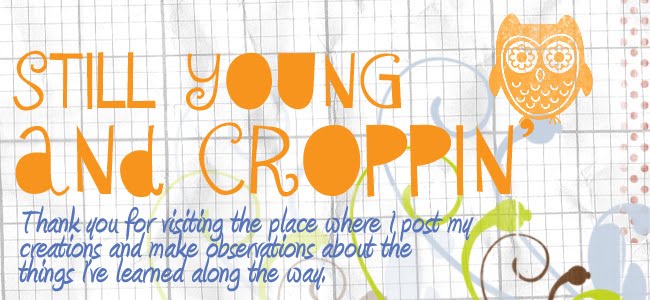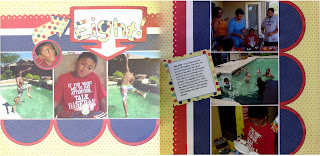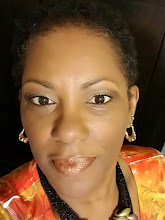So a week or two ago, I went back and purchased her kit which included the etching cream, a tool to use for weeding, a stencil of the hummingbird, and explicit directions on how to do the etching. I also purchased a pack of her Etchmask Stencil Vinyl which came packaged with the needed transfer sheets. I visited Dollar Tree and purchased two of the glass mugs for $1 each.
I used my Cricut to cut out the stencils. It took me a minute to figure out what to do with the transfer paper and how to put the stencil on the glass, but once I remembered I was good to go. After cutting the vinyl, I weeded it, and then put the transfer paper on top of the vinyl. I removed the backing from the vinyl and then placed the vinyl (with its transfer paper) on the glass mug. I removed the transfer paper and then I was ready to use the etching cream. What you see below is the result. If you are interested in my observations and what I learned, you will find those below my pics.
- I had trouble seeing where the designs were going to fall on the glass and so they ended up being placed too low and in one case, slightly crooked. My thinking was that if I left a wide margin all the way around the stencil, then there would be less covering needed of the parts I didn't want etched. I should have trimmed the stencils to about 1/2" to 1" all the way around so that placement would have been easier.
- Barb suggested that when etching on a curved surface that one should use white contact paper to put around the stencil to make a sort of well to catch the etching cream as it dripped a little. I decided to use blue painters tape instead which worked okay, but the contact paper would have done a better job of catching the drips. While the cream was setting, I had to be mindful of the dripping and often had to wipe away cream as it dripped towards areas that I didn't want etched.
- My designs probably could have been made a little smaller.



















































































